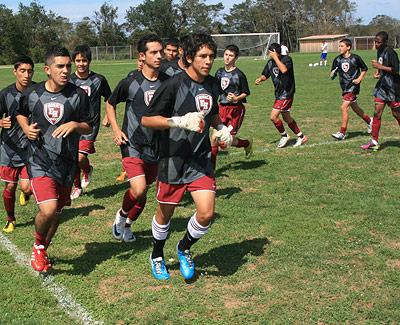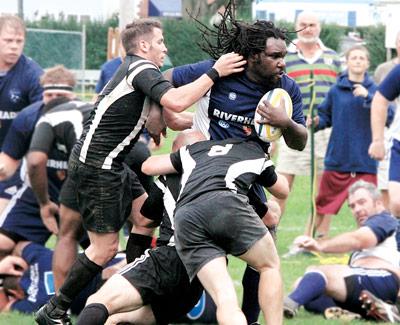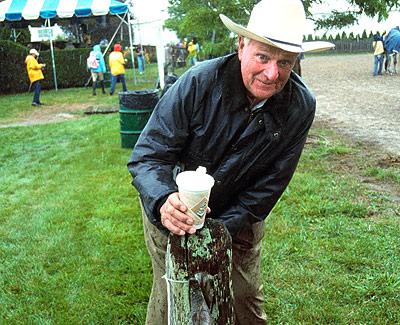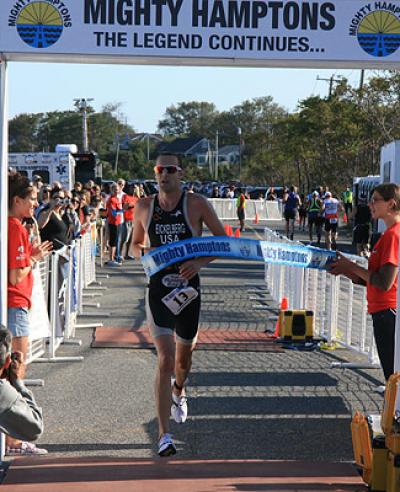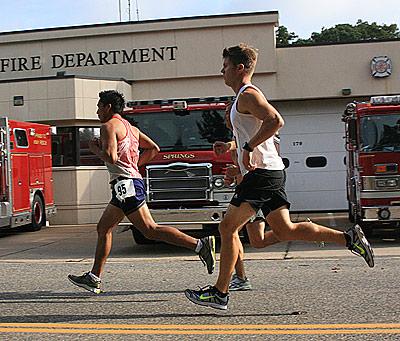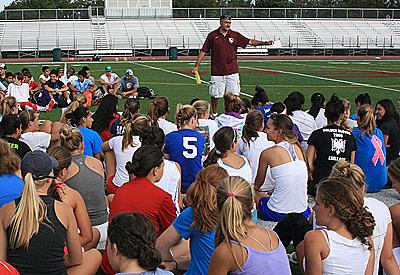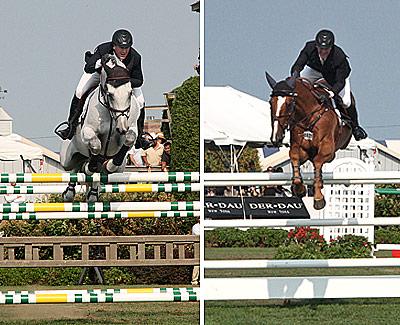Mostly Good News Sports-Wise
Mostly Good News Sports-Wise
It wasn’t just the boys soccer team that began its season on the right foot: East Hampton High’s girls team on Friday, behind the scoring of Raffi Franey (two goals) and Amanda Seekamp, and the goaltending of Kathryn Hess, shut out McGann-Mercy 3-0 in a nonleague game played at the Riverhead school.
East Hampton’s girls volleyball team, likewise, shut out Amityville on Friday by scores of 25-13, 25-9, and 25-14. The kills were pretty evenly distributed among Melanie Mackin (six), Katla Thorsen (five), and Charlotte Wiltshire (five). Melissa Perez and Raya O’Neal, the setter, each had four.
O’Neal, moreover, had 21 assists, Jenna Budd had 17 service aces, and Maggie Pizzo, the libero, had 12 receptions and nine digs.
Newsday on Tuesday had Kathy McGeehan’s girls ranked 10th on Long Island, two notches behind Bellport, a fellow Class A school.
In discussing the A teams, Newsday said, “If sophomore Raya O’Neal develops into a top-flight setter, then 2009 county champion East Hampton could win its second county title in three seasons.”
Bonac’s football team, on the other hand, looks as if it may be in for a long campaign. In their Division III opener at Harborfields Saturday, the Bonackers were defeated 46-6. The Tornadoes were said to have subbed liberally in the second half. Cortland Heneveld scored East Hampton’s lone touchdown, on a 21-yard run in the fourth quarter.
Kings Park, which lost 31-7 Saturday to Islip, the Island’s fifth-ranked small school team, is to play here on Saturday at 2 p.m.
The defending Long Island-champion golf team was to have started its season at Center Moriches Tuesday.
Becky Schwartz, who coaches East Hampton’s field hockey team, said its opener here tomorrow, with Greenport-Southold, will also serve as a fund-raiser for cancer research.

